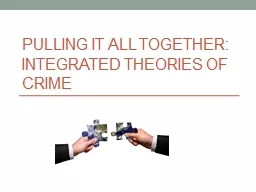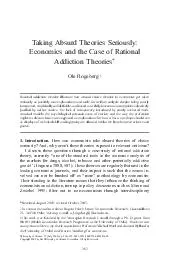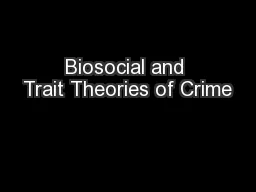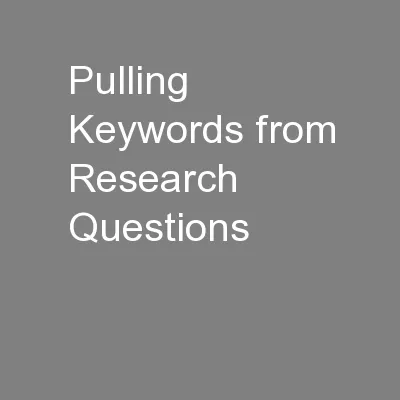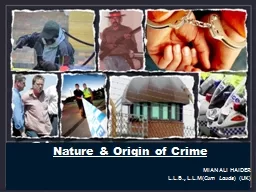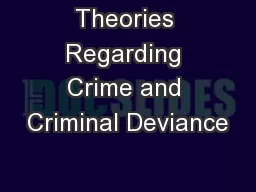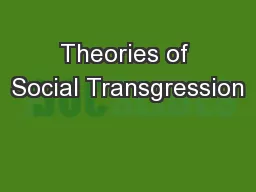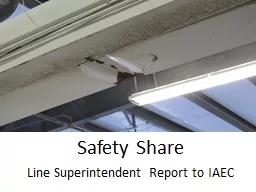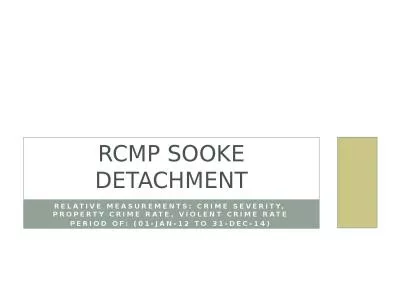PPT-Pulling It All Together: Integrated Theories of Crime
Author : pamella-moone | Published Date : 2019-03-13
Doing Theoretical Integration Up to now we have examined many micro and some macrolevel theories including the three major theories in contemporary criminology Learning
Presentation Embed Code
Download Presentation
Download Presentation The PPT/PDF document "Pulling It All Together: Integrated Theo..." is the property of its rightful owner. Permission is granted to download and print the materials on this website for personal, non-commercial use only, and to display it on your personal computer provided you do not modify the materials and that you retain all copyright notices contained in the materials. By downloading content from our website, you accept the terms of this agreement.
Pulling It All Together: Integrated Theories of Crime: Transcript
Download Rules Of Document
"Pulling It All Together: Integrated Theories of Crime"The content belongs to its owner. You may download and print it for personal use, without modification, and keep all copyright notices. By downloading, you agree to these terms.
Related Documents

